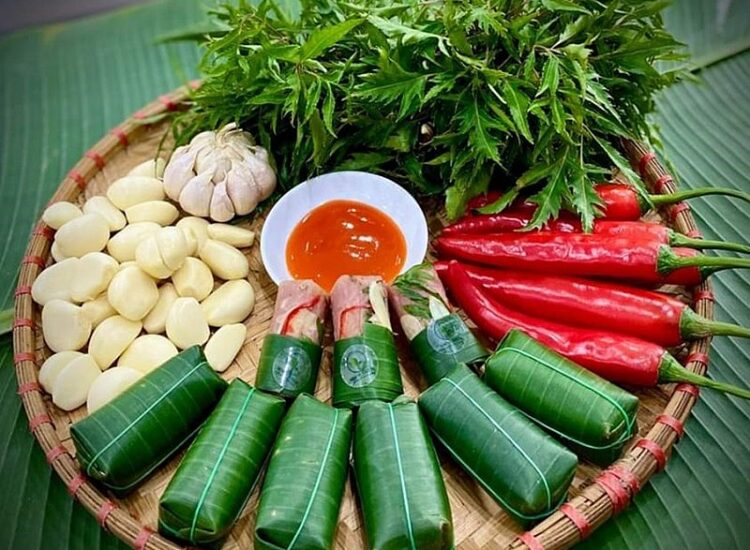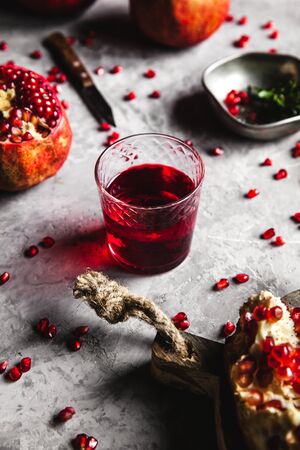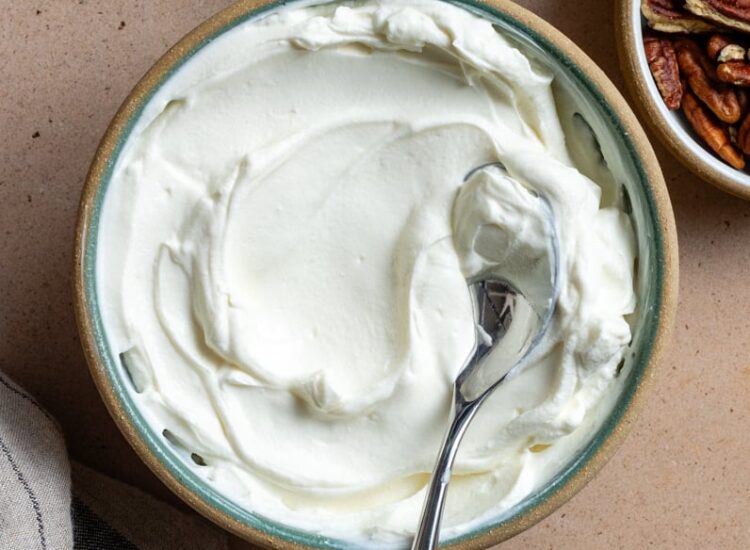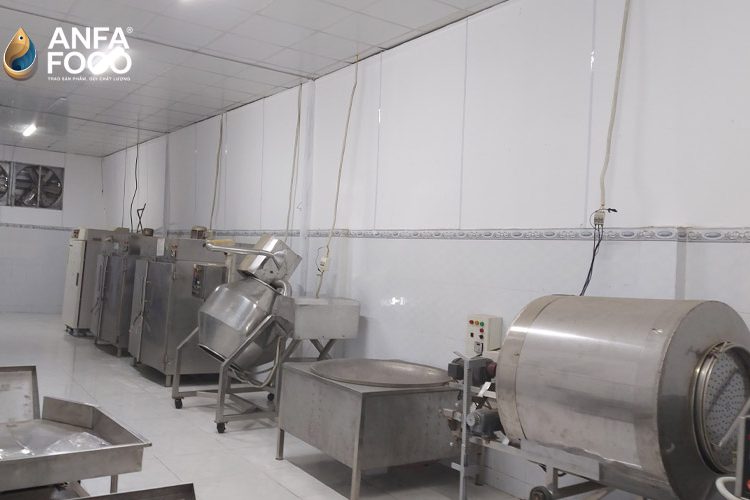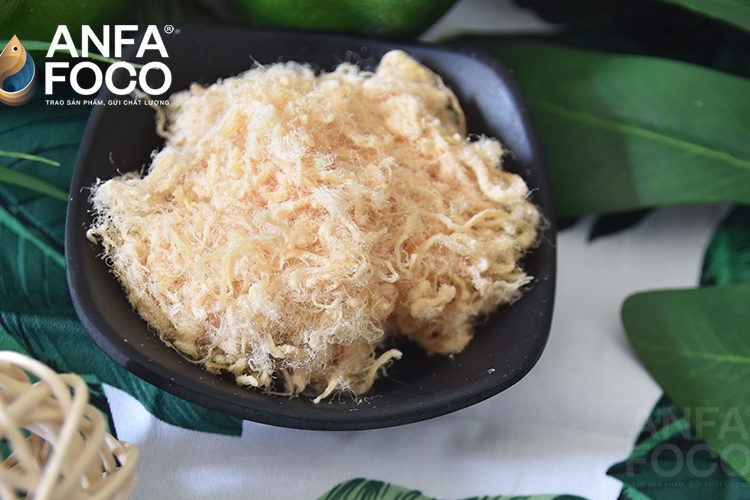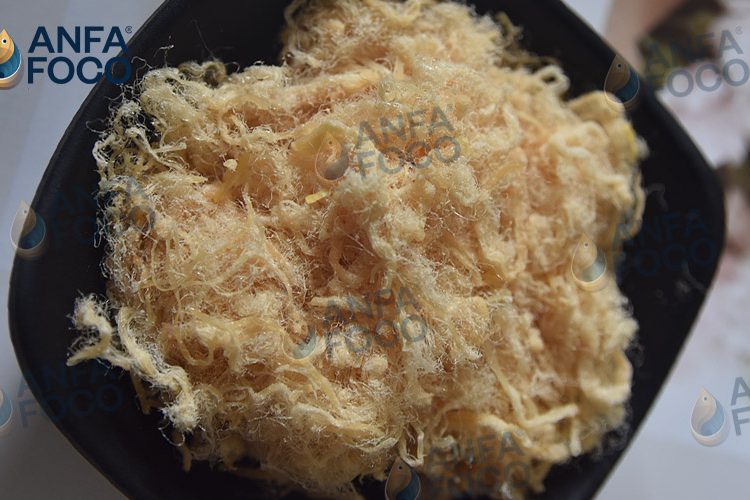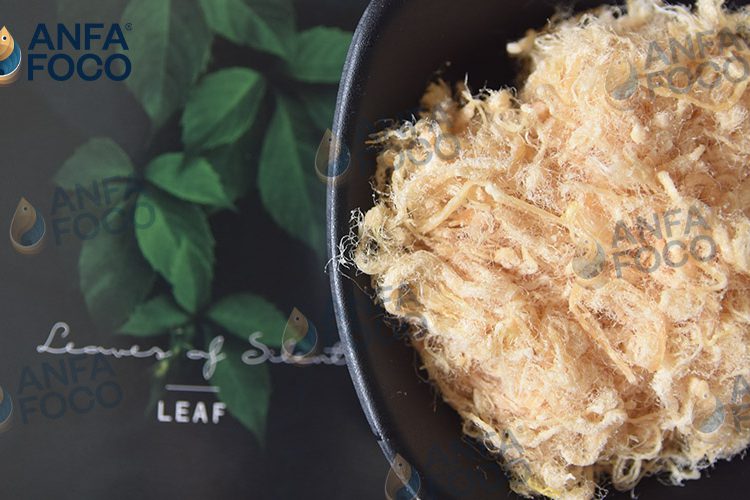The Insidious Invaders: Exploring the Diverse Agents of Cancer
Introduction
Cancer, a complex and often devastating group of diseases, is characterized by the uncontrolled growth and spread of abnormal cells. While the precise mechanisms of cancer development are still being unraveled, a significant body of scientific evidence points to various external and internal factors that can initiate or promote this process. These factors are broadly classified as carcinogens – agents capable of causing cancer. Understanding the diverse nature of these carcinogens, ranging from physical forces to chemical substances and biological entities, is crucial for developing effective prevention strategies and mitigating the global burden of this disease. This essay will explore five major categories of carcinogens, shedding light on their mechanisms of action and their association with different types of cancer.
1. The Silent Assault: Physical Carcinogens

Physical carcinogens encompass various forms of energy and materials that can directly damage cellular DNA or cause chronic inflammation, thereby increasing the risk of cancer development.
1.1. Radiation (Ionizing and Non-ionizing): Radiation is a well-established physical carcinogen. Ionizing radiation, such as X-rays, gamma rays, and radioactive isotopes, possesses enough energy to directly damage DNA molecules, leading to mutations that can initiate cancer. Sources of ionizing radiation include medical imaging procedures (like CT scans), radiation therapy, and exposure to radioactive materials in certain occupational settings or environmental disasters. Increased exposure to ionizing radiation is linked to various cancers, including leukemia, thyroid cancer, and breast cancer.
Non-ionizing radiation, such as ultraviolet (UV) radiation from sunlight and tanning beds, has lower energy but can still damage DNA indirectly by creating free radicals. Prolonged and excessive exposure to UV radiation is a primary cause of skin cancers, including melanoma, basal cell carcinoma, and squamous cell carcinoma.
1.2. Asbestos: Asbestos is a naturally occurring mineral fiber that was widely used in construction and various industrial applications due to its heat resistance and durability. However, inhalation of asbestos fibers can lead to serious lung diseases, including asbestosis and mesothelioma, a rare and aggressive cancer of the lining of the lungs, abdomen, or heart. The carcinogenic effects of asbestos are believed to stem from the chronic inflammation and cellular damage caused by the persistent presence of these fibers in the body.
1.3. Silica: Crystalline silica is a common mineral found in sand, rock, and soil. Occupational exposure to silica dust, particularly in industries like mining, construction, and sandblasting, can lead to silicosis, a chronic lung disease. Over time, chronic inflammation and lung scarring associated with silicosis can increase the risk of developing lung cancer.
2. The Chemical Culprits: Substances that Alter Cellular Processes

Related articles 01:
1. https://anfafoco.com/mua-cha-bong-sach-o-dau-gia-tot-chat-luong/
2. https://anfafoco.com/mon-an-vat-ngon-gia-si-cho-quan-ca-phe-tra-sua-o-long-an/
3. https://anfafoco.com/lam-sao-phan-biet-cha-bong-co-bot/
4. https://anfafoco.com/mon-an-vat-ngon-gia-si-cho-quan-ca-phe-tra-sua-o-binh-thuan/
5. https://anfafoco.com/ong-hut-co-anfafoco-san-pham-xanh-sach/
Chemical carcinogens are a vast array of substances that can interact with cellular components, including DNA, to induce mutations or disrupt normal cell growth and division, ultimately leading to cancer.
2.1. Tobacco Smoke: Tobacco smoke is one of the most well-established and widespread chemical carcinogens. It contains thousands of chemicals, many of which are known to be carcinogenic. Smoking tobacco is a leading cause of numerous cancers, including lung cancer, as well as cancers of the mouth, throat, esophagus, bladder, pancreas, kidney, and stomach. Both direct smoking and exposure to secondhand smoke significantly increase cancer risk.
2.2. Alcohol: Excessive and chronic alcohol consumption is linked to an increased risk of several cancers, including cancers of the mouth, throat, esophagus, liver, breast, and colon. While the exact mechanisms are complex, alcohol can damage DNA, generate harmful byproducts like acetaldehyde, and interfere with the body’s ability to absorb nutrients, all of which can contribute to cancer development.
2.3. Air Pollution: Both outdoor and indoor air pollution contain various carcinogenic substances. Outdoor air pollution, primarily from vehicle emissions, industrial processes, and the burning of fossil fuels, contains particulate matter, polycyclic aromatic hydrocarbons (PAHs), and other carcinogens that can increase the risk of lung cancer and other respiratory illnesses. Indoor air pollution, often stemming from sources like wood-burning stoves, radon gas, and certain household chemicals, also poses a significant cancer risk.
2.4. Certain Industrial Chemicals: Numerous industrial chemicals have been identified as carcinogens. Examples include benzene, used in the production of plastics and other materials, which is linked to leukemia; formaldehyde, used in building materials and resins, associated with nasopharyngeal cancer and leukemia; and vinyl chloride, used in the production of PVC plastics, linked to liver cancer. Occupational exposure to these chemicals requires stringent safety measures to minimize cancer risk.
2.5. Pesticides and Herbicides: Some pesticides and herbicides used in agriculture and pest control have been classified as probable or possible carcinogens. Exposure can occur through direct handling, consumption of contaminated food or water, or environmental contamination. Research continues to investigate the long-term effects of various pesticides and herbicides on cancer risk.
3. The Invisible Threat: Biological Carcinogens

Biological carcinogens are living organisms or their products that can increase the risk of cancer through various mechanisms, including chronic infection and inflammation, or by directly altering cellular DNA.
3.1. Viruses: Certain viruses have a well-established link to specific cancers. Human papillomavirus (HPV) is a leading cause of cervical cancer, as well as cancers of the anus, penis, vulva, vagina, and oropharynx. Hepatitis B and Hepatitis C viruses can cause chronic liver infection and inflammation, significantly increasing the risk of liver cancer. Epstein-Barr virus (EBV) is associated with certain lymphomas and nasopharyngeal cancer. Human immunodeficiency virus (HIV) weakens the immune system, increasing the risk of various cancers.
3.2. Bacteria: The bacterium Helicobacter pylori (H. pylori), which infects the stomach lining, is a known cause of stomach ulcers and chronic inflammation. Long-term infection with H. pylori significantly increases the risk of developing stomach cancer.
3.3. Parasites: Certain parasitic infections have been linked to an increased risk of cancer in specific regions. For example, infection with liver flukes (Opisthorchis viverrini and Clonorchis sinensis) is associated with cholangiocarcinoma (bile duct cancer) in Southeast Asia.
Related articles 02:
1. https://anfafoco.com/lam-sao-phan-biet-duoc-cha-bong-co-tay-trang/
2. https://anfafoco.com/cung-cap-nguyen-lieu-lam-com-chay-cha-bong-gia-si/
3. https://anfafoco.com/loi-ich-doi-tac-cua-da-ca-say-gion-anfa-foco/
4. https://anfafoco.com/khoai-tay-trung-muoi-can-than-nghien-chet-nguoi/
3.4. Genetics and Heredity: While not strictly an external agent, inherited genetic mutations can significantly increase an individual’s susceptibility to certain cancers. These mutations can affect genes that control cell growth, DNA repair, or the immune system. Examples include BRCA1 and BRCA2 gene mutations, which increase the risk of breast and ovarian cancer, and mutations in genes like APC, which increase the risk of colorectal cancer.
4. The Lifestyle Connection: Behavioral Carcinogens
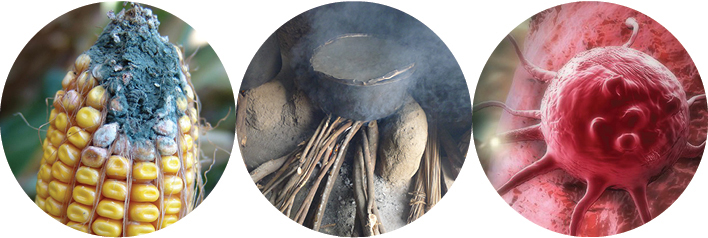
Lifestyle choices and behavioral patterns can also significantly influence cancer risk, often through chronic exposure to carcinogens or by creating conditions within the body that promote cancer development.
4.1. Diet: Dietary factors play a complex role in cancer risk. High consumption of processed meats and red meat has been linked to an increased risk of colorectal cancer. A diet low in fruits, vegetables, and fiber may also increase the risk of certain cancers. Conversely, a diet rich in antioxidants and other protective compounds found in plant-based foods may help to reduce cancer risk.
4.2. Obesity: Obesity is a significant risk factor for several types of cancer, including cancers of the breast (in postmenopausal women), colon, rectum, endometrium, kidney, esophagus, and pancreas. The mechanisms linking obesity to cancer are complex and involve factors such as chronic inflammation, hormonal imbalances, and increased levels of growth factors.
4.3. Lack of Physical Activity: A sedentary lifestyle has been associated with an increased risk of several cancers, including colon, breast, and endometrial cancer. Regular physical activity can help to maintain a healthy weight, reduce inflammation, and improve immune function, all of which may contribute to cancer prevention.
Conclusion
The development of cancer is a multifaceted process influenced by a wide range of factors, with carcinogens playing a critical role in initiating or promoting the disease. These agents can be physical, chemical, biological, or related to lifestyle choices. Understanding the diverse nature of these carcinogens and the ways in which they can interact with our bodies is essential for developing effective strategies for cancer prevention. By minimizing exposure to known carcinogens, adopting healthy lifestyle habits, and being aware of genetic predispositions, individuals can take proactive steps to reduce their risk of developing this complex and challenging group of diseases. Continued research into the mechanisms of carcinogenesis is vital for further advancing our understanding and developing more effective prevention and treatment strategies.
